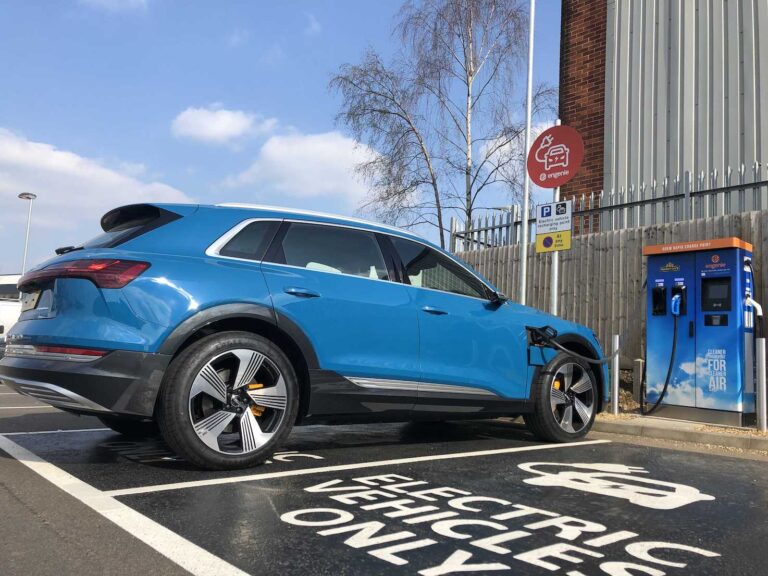Charging away from home or work is often the biggest concern for any new owners of electric or plug-in hybrid cars. There are numerous public charging networks available, offering slow, fast and rapid charging options, and while they’re not always reliable and can be inconvenient to use, things are improving quickly.
With multiple companies having set up multiple networks over the years, they can often require individual accounts with each network which can be problematic – rather like only being able to shop in a certain supermarket if you belong to their loyalty scheme.
However, this is changing with more charging networks offering the choice at each location between charging as an account holder or paying immediately via a credit card – commonly referred to as ‘plug-and-pay’ – the latter at a slightly higher cost per kw.
However, other networks such as Instavolt or Gridserve, the UK’s largest electric car charging service station that has opened its first branch in Braintree in Essex, have been developed purely on a plug-and-pay basis. Check their cost per kw though as the rates can vary dramatically.
Apps such as Zap Map can show you all of the UK’s charging point locations, the charging rates offered and, crucially, has user reviews showing whether they are working – or not.
As well as cost, the charging level is another crucial factor as well. All rapid charging points have their own tethered cables, but as you move further down to fast chargers – especially those located in car parks – they can have tethered cables or sometimes simply be sockets requiring you to use your own cable (therefore making them also more accessible to more EVs).
The kW levels of individual charging points are important depending on your need. Generally speaking, slow charging refers to anything from 3-6kW and can use a three-pin domestic plug, Type 1 or Type 2 connectors. Fast charging refers to 7-22kW and uses Type 1 or Type 2 cables, while rapid charging of up to 50kW can use Type 2, Tesla Type 2, Chademo or, more commonly, CCS connectors.
There are also now ultra-rapid DC chargers being rolled out across the country providing power at 100kW, 150kW or even up to 350kW. These use Chademo or CCS tethered cables but despite the higher charging rate, they are restricted to whatever the maximum charging level the vehicle in question can deal with.
For the Tesla Supercharger network, a charge rate of 150kW is available using either a Type 2 or CCS connector.

